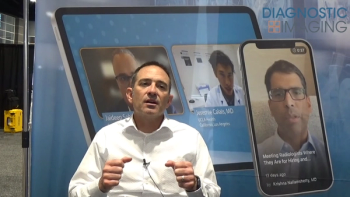
Reduced contrast CT lowers cost, risk in elderly patients
Elderly patients can undergo CT scanning of the pancreatobiliary region with only 90% or less of the contrast dose required in other patients without compromising the exam's quality.
Elderly patients can undergo CT scanning of the pancreatobiliary region with only 90% or less of the contrast dose required in other patients without compromising the exam's quality. A lower dose could also reduce costs and the risk of complications.
Dr. Shigeki Itoh, a radiologist at Nagoya University School of Health Science in Japan, and colleagues assessed 112 patients who had undergone triple-phase contrast-enhanced CT exams on a 16-slice scanner for known or suspected pancreatobiliary disease. They split the patients into three groups according to age and weight (AJR 2006 Aug;187[2]:505-510).
The investigators found that after a 12.2% reduction in the volume and rate of contrast injection, they could achieve equivalent contrast enhancement in patients older than 60 as compared with patients aged 60 or younger undergoing scanning with a standard dose.
Newsletter
Stay at the forefront of radiology with the Diagnostic Imaging newsletter, delivering the latest news, clinical insights, and imaging advancements for today’s radiologists.




























